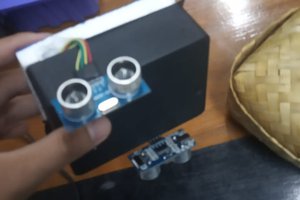A detailed description of how it was developed and the experiments performed is available from our paper published in PLoS One at:
http://journals.plos.org/plosone/article?id=10.1371/journal.pone.0201353
a youtube video of how to develop the device is available at:
In our paper we show that the device can perform similar to standard research equipment and can accurately perform cyclic voltammetry to quantify the amount of vitamin C in orange juice. Can function as a single chip glucose meter to measure blood glucose and measure the amount of lead in water down to the 15 ppb level.
More details and command instructions can be found on the github pages for the firmware and GUI. The github pages also list future improvements that are planned.
 Kyle Lopin
Kyle Lopin
 AIRPOCKET
AIRPOCKET
 emuboy
emuboy

 dede rohmat
dede rohmat
Just got this up and running and it works great! The instructions from the paper were clear and easy to follow.
I have been messing around with PSoC Creator and I did have a couple questions that are hopefully simple to answer. Would it be possible to run a CV without the GUI? I'd like to:
1. Trigger a CV start via a UART Rx command/interrupt
2. Run a CV (perhaps with hard-coded start/stop/rate parameters
3. Output the 'current/voltage' data via UART to Tx/terminal
I've inserted a UART block, but I'm looking for help identifying and transmitting the current-values. Can this be accomplished by only modified main.h? Any code help would be much appreciated!